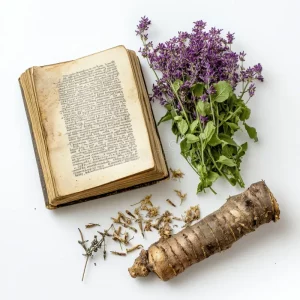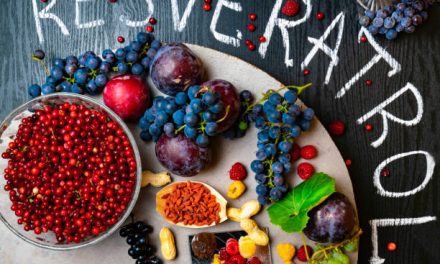by Kimberly Allen R.N.
Herbalism also known as botanical medicine is a traditional or folk medicine that uses plants and their parts for medicinal purposes. Herbalism has a long history in medicine with writings documenting it’s use as far back as 3000BC. Shennong Bencao Jing, the first Chinese herbal medicine book was written during the Han Dynasty. There are 365 different medicinal plants including their uses listed. One of the plants listed is the Ma-Huang which is the shrub that brought epinephrine to modern medicine.
There are a variety of alternative medicine systems that use herbs to treat disease including the Siddha and Ayurvedically systems of South Asia, Chinese Herbology, Traditional African Medicine and Native American Medicine to name a few. There are also a number of pharmaceutical drugs currently on the market with long histories as herbal remedies such as opium, aspirin, quinine and digitalis. There are at least 7,000 medicinal compounds that are derived from plants listed in the pharmacopoeia.
Herbalism is becoming more popular as advances in research demonstrate the value of herbs to treat and prevent disease. The World Health Org. estimates that 80% of the population world wide use some form of herbal medicine as part of their daily health care. In 1994 the US Dietary and Supplement Health and Education Act classified herbal supplements as dietary supplements. This means that they do not need to be tested and proven safe and effective before going to market. They do not require FDA approval, however once it’s on the market the FDA is responsible for monitoring it’s safety and can take action including requiring the manufacturer to remove the product from the market.
The exact mechanism that gives a particular herb the ability to treat a particular disease or condition si not well known. There are a variety of factors that affect an herbs effectiveness including the climate and the quality of the soil it’s grown in as well as the harvest process. Many herbs are believed to have side effect like those found in prescription drugs. Due to a lack of knowledge and understanding of the interactions between plants and drugs there have been incidence of adverse reactions that have the potential to be life threatening.
Currently there are 4 different approaches to the use of Herbalism.
1. The Magical / Shamanic, This is recognized by nearly all non-modern societies. It is the belief that the practitioner has special powers or gifts that allow him/her to use herbs in a manor that the average person cannot see.
2. The Energetic, This approach is included in Ayurvedic, Traditional Chinese medicine and Unani. Herbs are believed to have energies affecting the energies of the body. The practitioner may have extensive training however,
they are not believed to have supernatural powers.
3.The Functional Dynamic, Physio medical practitioners use this approach. It states “herbs have a functional action which is not necessarily linked to a physical compound although often to a physiological function.
4. The Chemical, Phyto therapists explain the Herbs actions in terms of their chemical constituents. Herbalists use the extracts from the parts of the plants ie. the roots, bark, and leaves but do not isolate phytochemicals. Actually there are many herbalists that reject the idea of a single active ingredient. They believe that the different phytochemicals in many herbs interact therefore enhancing the therapeutic effects of the herbs.
Herbal extracts are available in many forms from creams and powders to poultices and compresses, even inhalation and aromatherapy. Before using any herbal supplement it’s a good idea to do a little research of your own. How do you know if the manufacturers claims are true? What’s in the supplement? Is it safe? Manufacturers are required to have evidence demonstrating the truth of the claim made about the supplements abilities, however they do not have to submit the evidence to the FDA. When purchasing herbal supplements a;ways read the ingredients listed on the label. The dietary Supplements Data Base is a great way to comare ingredients in products. It is available on the National Library of Medicine’s website.






